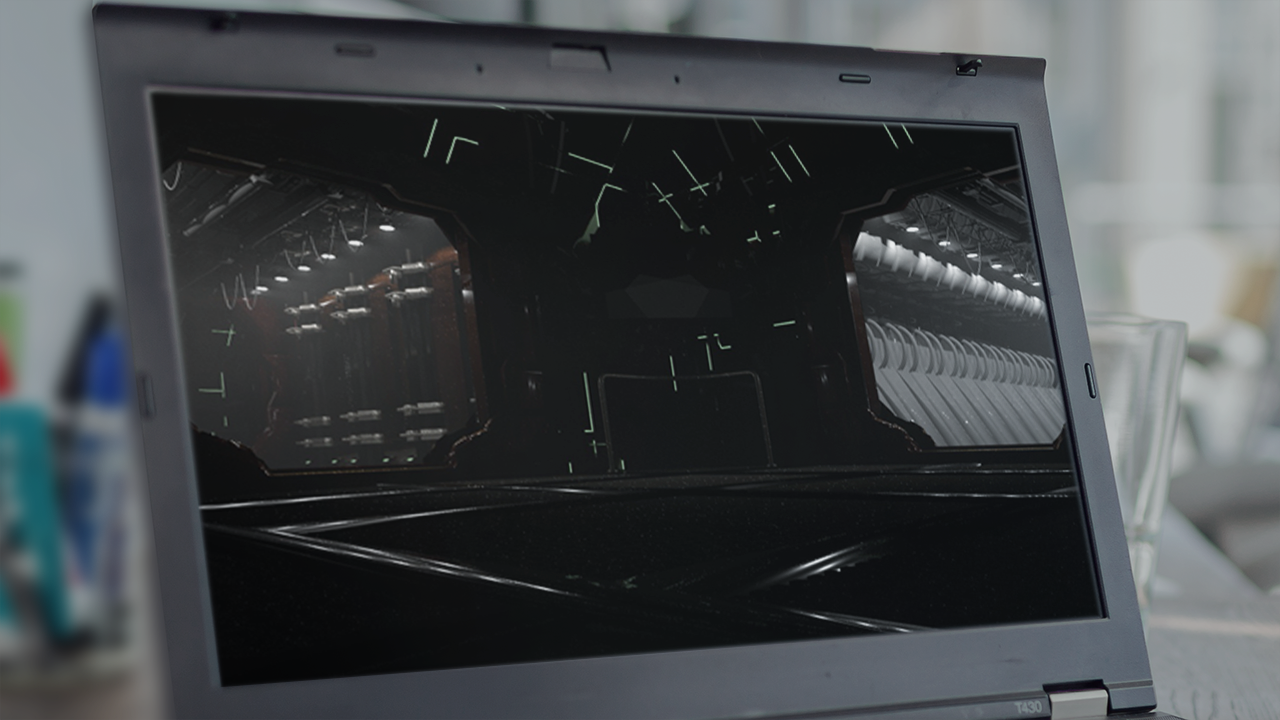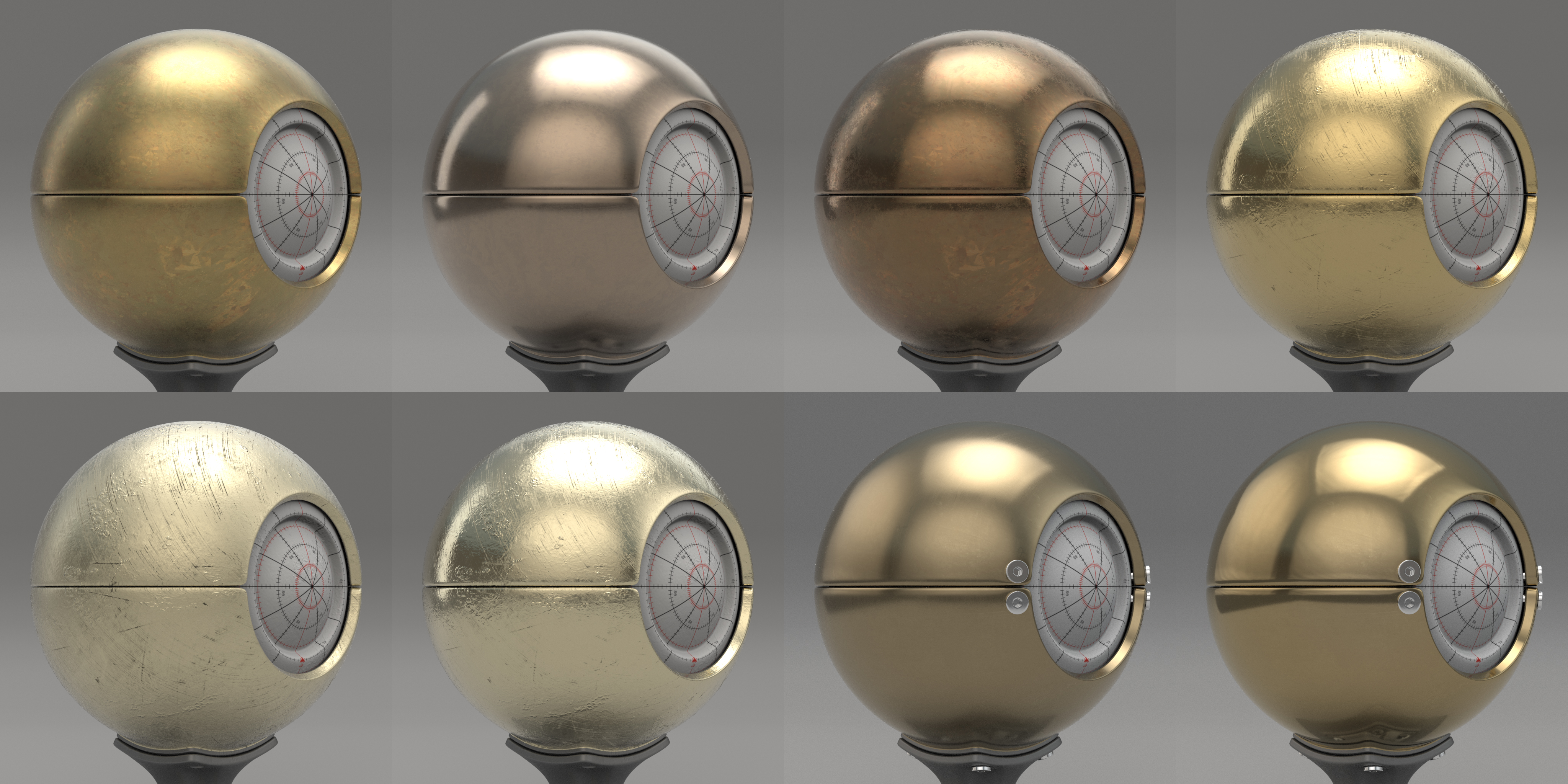

You could then adjust the variable as you see fit in the VOP. For example, If you had a variable called "active" on your object, you could label the bind as "active" and that would bring in the variable. Here are some that you might use.īind Node: This node is used to bring in variable and attributes from your geometry to use in a VOP network context. I thought it might be helpful to breakdown a few nodes that exist in VOPs. However, each value/parameter you create must each have it's own unique tag(name). For example you can create a value for a shader's color. You can use this node to create custom values for your shader's parameters. Parameter VOP: You can locate this node inside the Geometry Subset VOP Node. You can use this node to drive entire rigs using vex, and create solvers for rigging. It contains a VOP network so you can edit data. Transform VOP CVEX: This is a channel node. Channel VOPs are great for creating one-off programs for your CHOP system to run over. However, you can also use channel wrangles instead if you are more comfortable with VEX. You can use it to manipulate channel data from your audio. VEX builders are tools you can use to create custom compositing filters.Ĭhannel VOP: This is a CHOP node. You can use this node to create a sub-network of VOPs and VEX builders. COP generators are designed to edit resolution, pixel data, depth, sequence range, and frame rate. This node also contains a VOP network that you can use to manipulate data. Unlike the VOP COP2 Filter, this node generates data from the image rather than taking it away.
Houdini vex shader volume generator#
VOP COP2 Generator: This generator is considered a compositing node. This is what the mask does in conjunction with the filter. You can add a mask to keep the filter within a certain range of the image. This node contains a VOP network that filters input image data.

VOP COP2 Filter: This filter is considered a compositing node. The bindings are variables that correspond to existing attributes that you can promote to the surface. On the surface of the node there is an option to add bindings. You can dive inside and write VEX or add VOPs to the system. This node has multiple inputs, and is a sub-network. You can use it to manipulate gas fields of pyro simulations. Gas Field VOP: This node can be found in a DOP network. They are used to manipulate particle movements dynamically. You can locate them inside a DOP network. POP VOP: This node runs CVEX on a particle system. The rest are for connecting other nodes that can modify the first input. The first input is for controlling simulation objects and modifying them. Geometry VOP: You can use this node to change and edit add geometry attributes that exist on your object. Vertex VOP: You can play with neighboring vertices on your geometry, and modify their points. You can use a volume VOP to add colors to volumes. CVEX is used to help create shaders and create curves in fur simulations.

It is written in C++, hense where the C in CVEX comes from. CVEX is a program that is called into action when an artist uses VEX or VOP networks. Volume VOP: Runs CVEX on a set of volume primitives.

You can also do this with an attribute VOP. Point VOP: Modifies the point positions and distance between points on your geometry. But let's breakdown all the types, so we can further understand what purpose each of them have.Īttribute VOP: Modifies the chosen geometry's attributes. For example, if you had an active set of points that you would like to affect with a VOP, then you would probably use a point VOP. You should use these types based on what you'd like to change with VOPs, and how it will affect a certain aspect of the geometry. There are a few different categories of VOPs. As cgwiki put's it: "Vops are a wrapper around Vex." From shaders, geo, volumes, VDBs, points, etc. Inside this node, you have the freedom to modify almost anything.


 0 kommentar(er)
0 kommentar(er)
